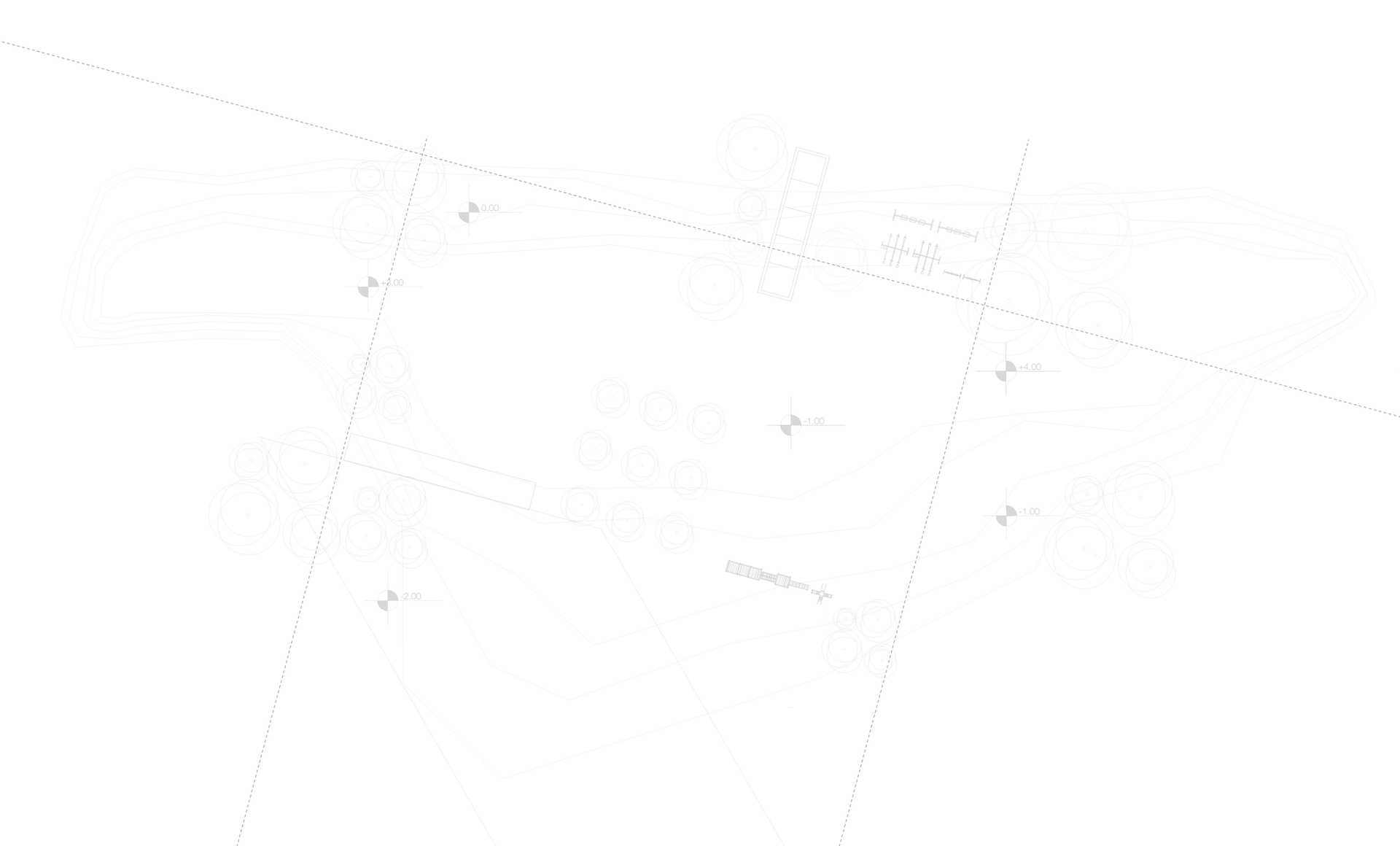top of page

ANTOINE PROFESSIONAL REAL ESTATE HOME INSPECTION LLC
DFW Home Inspection, Commercial Building Services,
11Th Month Warranty, New Construction services
The Department of Housing & Urban Development's
(HUD) 203k Consultation Roster
Termite & WDI / WDO Inspections
THERMAL IMAGING INSPECTION
TREC#21073
TDA#0780380
Adjuster All Lines #2071969
Phone: 469-215-7065
What exactly is a WDI Inspection?
When obtaining a mortgage or a mortgage guarantee to finance the purchase of a home, you most likely will be required to obtain a WDI inspection by the bank, the mortgage company, or the guarantor (FHA, VA, HUD, etc.).
Although commonly referred to as a “termite inspection,” WDI stands for “wood-destroying insect,” and a proper WDI inspection looks for evidence of infestation by termites, carpenter ants, wood-devouring beetles, and carpenter bees, as well as evidence of past infestations, damage to wood, or conditions conducive to infestation. (The term WDO, for “wood-destroying organism,” is also sometimes used.)
The Importance of Getting a Good WDI Inspection
Let’s start by making three things clear:
Firstly, when you are buying a home, the WDI inspector is working for you — not the real estate agent, and not the seller. You, not them, are the one who will be the one stuck with the bill if the home you buy turns out to have a termite or other WDI problem that is not detected during the pre-sale inspection.
Secondly, understand that a proper termite and WDI inspection of an existing house will usually take close to an hour, or sometimes even longer. Don’t let anyone try to pressure the inspector into rushing through an inspection. If the real estate agent has another appointment to get to, that’s their problem.
Finally, understand that a proper WDI inspection costs money. Credentialed WDI inspection companies spend thousands of dollars a year on continuing training, certifications, inspection equipment, and insurance in order to provide you with the best inspection possible. So be very suspicious of companies offering cut-rate or “quickie” inspections. As with anything else, you generally get what you pay for.
Too many people look at the pre-sale WDI inspection as an annoyance imposed by their bank. But the reality is that termites and other wood-destroying insects cost homeowners hundreds of millions of dollars every year in treatment costs and damage repair. In view of this, it’s obvious that a proper and thorough inspection by a qualified WDI inspector is always in the buyer’s best interest, and should be looked upon as an important part of the home-buying process.
A Proper WDI Inspection
A proper termite and WDI inspection consists of several steps, which may not necessarily occur in this order:
Termite tubing a inspection of the exterior of the home, looking for signs of termite activity (such as termite shelter tubes, shown in the picture on the right), as well as conditions conducive to termite and other WDI infestation.These conditions may include, among other things, wood that is too close to the ground, dead tree stumps by the house, improper grading, leaky gutters or downspouts, or tree branches overhanging or touching the home.The inspector will also look for evidence of infestation by other wood-destroying insects, such as carpenter bees or carpenter ants.
Termite swarm a inspection of the interior of the home, with special emphasis on the basement, garage, door and window frames, and other areas that are particularly prone to WDI infestation. This part of the inspection will be both visual and physical, and typically involves visually inspecting, tapping, probing, and sounding susceptible wood.The inspector will also be looking for live termites or other insects, dead termite “swarmers” (shown in the photo on the right), other evidence of infestation (tubing, frass, signs of prior treatments, etc.), damaged wood, and conditions conducive to infestation (such as excessive moisture levels).
A detailed written summary of the inspection results. This includes a standardized inspection form developed by the NPMA and adopted by various state and federal agencies, and may sometimes include additional documents attached by the inspector to clarify the inspection findings.
When evidence of a past or present WDI infestation, damage due to an infestation, or conditions conducive to infestation are found, the inspector will usually attach his or her remediation recommendations and/or an estimate for treatment.
Licensed and regulated by: Texas Department of Agriculture, P.O. Box 12847, Austin, TX 78711-2847
Phone (866)918-4481, Fax (888)232-2567
(not set)
bottom of page

.png)

